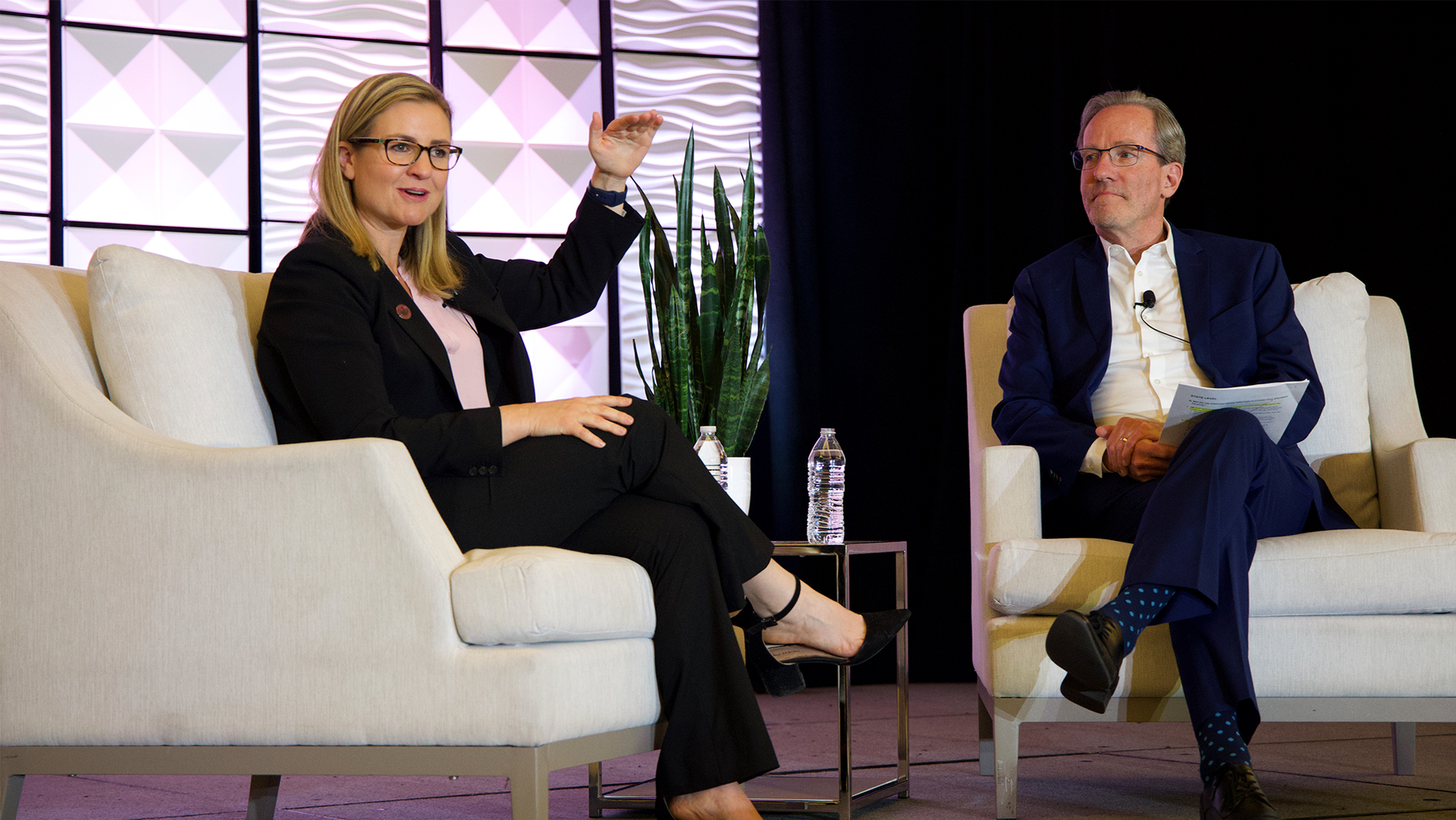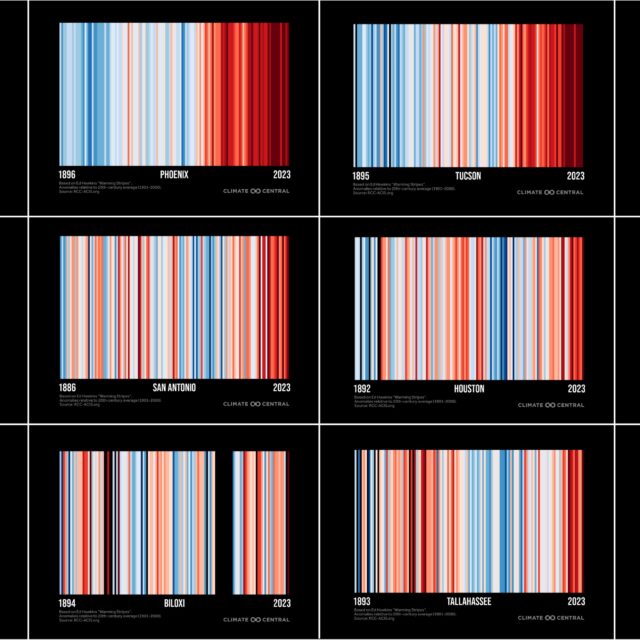Ten Across Executive Director Wellington “Duke” Reiter reflects on his conversation with Phoenix Mayor Kate Gallego at the recent Urban Land Institute’s Housing Opportunities Conference held March 29, 2023.
Having spoken recently with Ten Across mayors from the 2nd and 4th largest cities in the U.S. (Eric Garcetti, formerly of Los Angeles and Sylvester Turner of Houston), this week I had the opportunity to speak with Mayor Kate Gallego of the City of Phoenix at the Urban Land Institute’s (ULI) Housing Opportunity Conference. The logic of holding this convening in the 5th largest city in the nation known for its growth and affordability, was obvious, especially as the region’s overall population and land consumption has accelerated in the recent past.
Maricopa County added 86,820 new residents throughout the COVID-19 pandemic; the greatest county-wide increase in the nation with the cost of housing following suit. Given this fact, among many others, Mayor Gallego skillfully addressed an audience trained on the subject of housing and how it intersects with matters of neighborhood revitalization, innovations in construction, heat mitigation, and urban resilience in the face of a changing climate.
In the post WWII era, Phoenix became known as an attractive retirement option where a single family, air-conditioned home with a backyard pool was achievable for many. In subsequent decades, housing became a dominant industry propelling the economy forward. However, this also made Phoenix highly vulnerable to economic downturns, as we saw during the Great Recession beginning in 2008.
Trying to avoid the pitfalls of over-building, dependence on land speculation, and home building, Phoenix has been working to diversify its economy. This has included, for example, expanding healthcare and bio-tech start-ups in the urban core and on sites affiliated with the Mayo Clinic and Arizona State University.
The arrival of Taiwan Semiconductor Manufacturing (TSMC) and its $40B fabrication plant along with Intel’s $20B investment into its massive facility are considered real game changers for not only the region, but the country. To understand the consequences of this landmark development, I strongly recommend, Chip War, The Fight for the World’s Most Critical Technology by Chris Miller. The singular position of TSMC in this equation along with matters related to the global supply chain, national defense, and the local and U.S. economies, is very compelling.
Housing supply, education, and other socio-economic factors figure into the attraction of a skilled workforce; the likes of which TSMC and other businesses require. A deficit of supply in Phoenix drove up the number of for-sale properties in recent years before elevated interest rates could cool demand. The emergence of high-rise, multi-family complexes and a rental market in a region previously known for its more suburban characteristics saw rents in the Phoenix metro area increase by 80% from 2016 to 2021, while median income saw only a 22% advance in that time.
As Mayor Gallego pointed out, the city is doing everything it can to increase supply by highlighting almost 150 parcels of city-owned land for redevelopment, offering landlords a significant incentive to accept HUD-distributed rental vouchers, and helping to facilitate the construction 185,000 previously sited units—something that can’t happen quickly enough.
A by-product of what Phoenix is witnessing is precisely what Gregg Colburn, co-author of Homelessness is a Housing Problem, How Structural Factors Explain U.S. Patterns, predicts will occur as societal, governance, and market forces continue to shape the built environment as they do in our democracy. As a result, Phoenix, while celebrating significant improvements to its overall economy, is also dealing with the most rapid increase in homelessness in the U.S. Of course, this challenge is not unique and in fact, some of the most notable and well-documented examples of this issue are located in the Ten Across corridor (Los Angeles); as are significant successes in dealing with the problem (Houston). This was one of the many reasons for hosting our recent Summit in Houston, and for inviting Mayor Turner and colleagues from the New York Times Headway project, who were able to offer more detail on the work taking place in certain communities and how other’s can learn from their examples.
A scan of the Ten Across website reveals that land use was one of the initial themes motivating the initiative, but that housing more specifically was not. However, as mayors of Ten Across cities, members of our 10X Chief Resilience Officers network, CEOs of Community Foundations, and organizations such as ULI, who continue to support our work, they remind us: access to secure, affordable, and sustainably built housing is a leading indicator of urban resilience and a healthy society. Accordingly, you will see the Ten Across leaning into this subject more actively at our summits and through direct efforts with our various working groups, enabling our participants to learn from and support each other’s work. We welcome your input and support.




